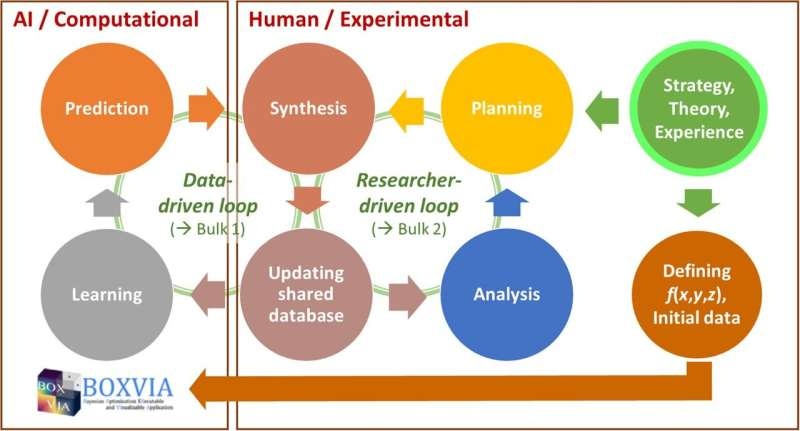Breakthrough research has led to the development of the world’s strongest iron-based superconducting magnet using AI, paving the way for more affordable and accessible MRI machines, as well as advancements in electrified transportation.

Revolutionizing the Future of MR
Since the early days of MRI, superconducting magnets have been a key enabling technology, offering an almost uniquely ideal combination of high magnetic field strength without the associated requirement for enormous power. However, conventional superconducting materials — such as niobium-tin compound alloy — are prohibitively expensive, which has confined this life-saving technology to impractical niches.
Now, with the help of AI, researchers from King’s College London and Japan may have discovered a solution to this problem. Their development of an iron-based superconducting magnet that works well and can be produced using a relatively low-cost process enables the potential creation of a new generation of compact, more economical MRI systems. Those miniaturized units could be placed in community clinics and doctor’s offices, rather than taking up the large hospital rooms now required to house a traditional MRI.
The innovation allows for enhanced detection and monitoring of diseases in earlier stages than ever before, supporting better outcomes for patients. The researchers’ device is the first iron-based bulk superconductor ever made that stands up to the stringent demands of MRI magnetic field strength and uniformity, critical to ensuring patient safety and generating clear images for diagnosis.
ONLINE INDUSTRY FORUM: EMPOWERING ELECTRIFIED FUTURE TRANSPORT
This accomplishment vastly exceeds the medical arena. The ability to create these same field strengths in a superconducting magnet is essential for developing the next generation of high-speed electrified airborne and road transport, as well as the SCMaglev train system in Japan, which uses powerful magnets to levitate above its tracks for travel at speeds up near 600 km/h.
At present, the materials and technology needed to produce wire superconductors based on traditional copper are often cost-prohibitive, restricting their use in transportation. Leveraging the cost-effective and scalable nature of iron-based superconductors opens doors to the development of more compact, lightweight magnetic systems capable of greatly influencing how electric aircraft, high-speed rail, and other electrified modes of transport are designed.
The evolution could not only democratize these technologies but dovetails with the global trend for cleaner and greener methods of transport. World efforts to reduce carbon emissions may benefit from the ramped-up efficiency and affordability of these superconducting magnets, thereby speeding the global transition to a greener, more electrified future.
Conclusion
The use of AI in creating the world’s strongest iron-based superconducting magnet is a major milestone for the superconducting technology sector. The ability to eliminate the cost and scalability challenges of traditional superconducting materials may help advance life-saving medical technologies, such as MRI machines; could drive commercial growth in a range of markets, parity on price with the Li-ion battery is expected to push further innovation in the electrification of transportation. As the world looks ever more closely at finding sustainable and efficient solutions, the implications of this research could potentially have a global impact on healthcare, green transport and beyond.
